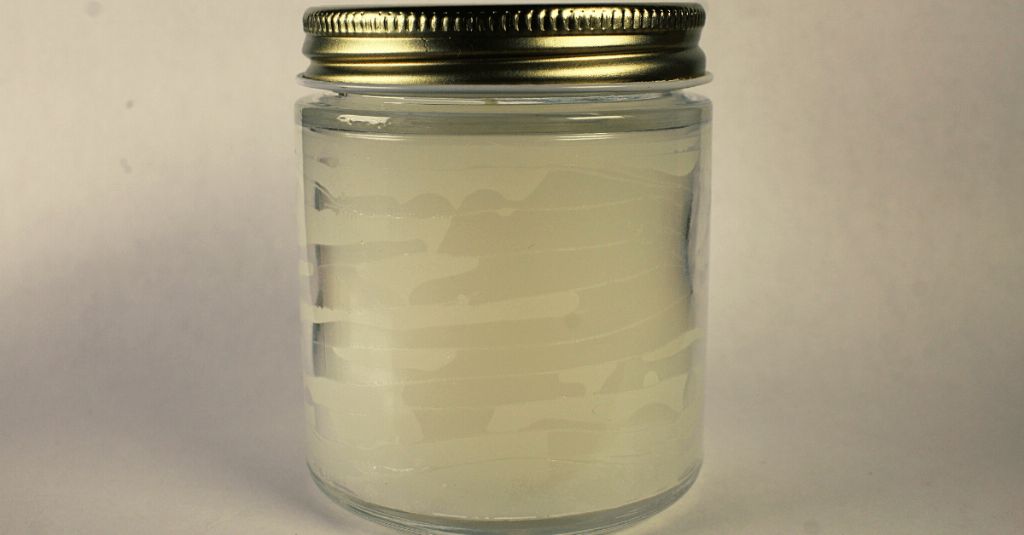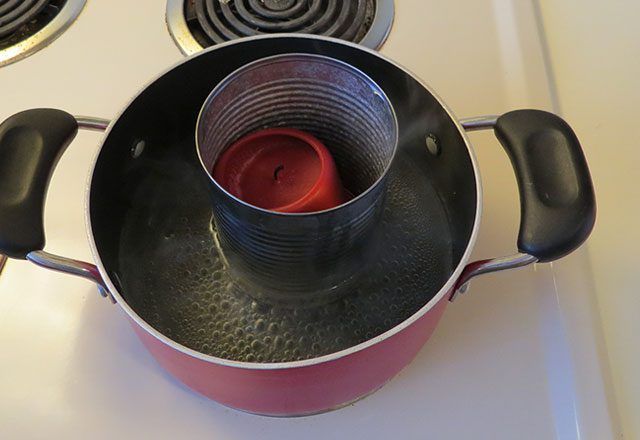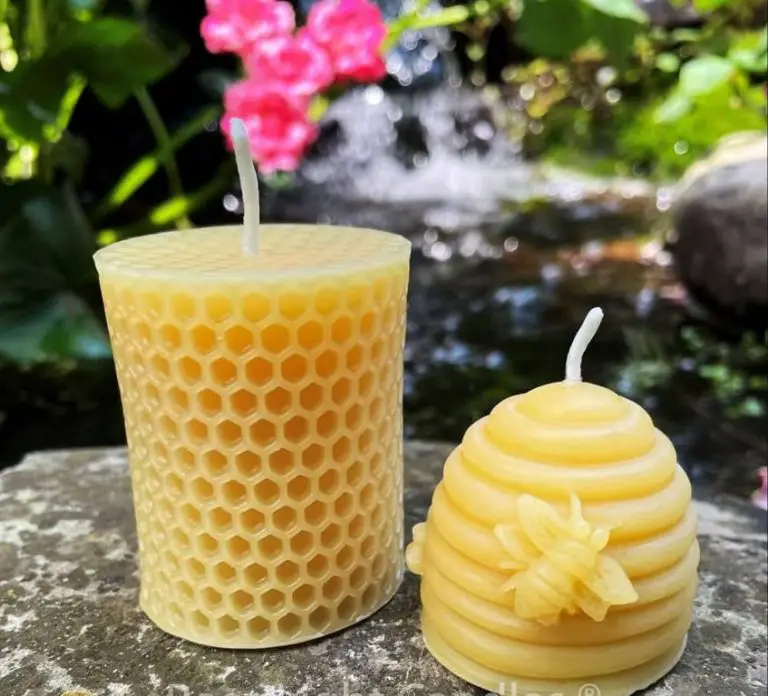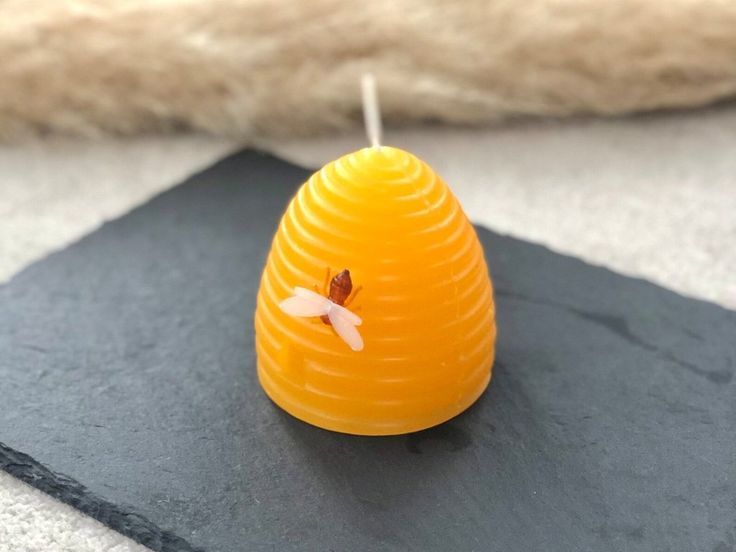Does Soy Wax Melt Easily?
Soy wax is a vegetable-based wax made from soybean oil. It is commonly used to make candles, soaps, lotions, and other cosmetic products. Soy wax was developed in the early 1990s as an alternative to paraffin wax and beeswax for candle making.
The use of soy wax allowed candle makers to create natural, clean-burning candles that did not produce petroleum byproducts or require exploiting bee populations. Soy wax burns cleaner than paraffin wax, with very little soot or smoke produced. It is also biodegradable and renewable since it comes from soybeans.
According to sources Soyawaxhistory.com and LittleNatureCo, soy wax was first commercially produced in 1991 by Michael Richards, who was looking for a natural and cost-effective alternative to expensive beeswax. Soy wax quickly became popular among small candle makers and crafters.
Melting Point of Soy Wax
The melting point of soy wax can vary depending on the specific blend and ingredients, but generally ranges from 46°C to 68°C (115°F to 154°F) [1]. This melting point range makes soy wax ideal for candle making, as the wax needs to melt at temperatures low enough for fragrances and dyes to safely blend, but also high enough to result in a strong candle with good scent throw and burn time.
For candle making, a soy wax with a melting point around 48-60°C (118-140°F) is commonly used. Waxes on the lower end of that range are better for container candles, as they pool wax more quickly. Waxes at the higher end are favored for pillars and votives to reduce issues like sinkholes and frosting. The melting point affects how the wax interacts with wicks and fragrance too. A higher melting point means the wax takes longer to melt and disperse scent when the candle is lit [2].
Factors like the blend of soybean oil used, additives, and soy content influence the melting point. More fully hydrogenated soybean oil results in a higher melting point. Adding vybar boosts the melting point too. The more soy content versus other oils, the lower the melting point will be. Finding the right balance is important for optimal soy candle performance.
Comparing Soy Wax to Other Waxes
When comparing soy wax to other common candlemaking waxes like paraffin and beeswax, there are some key differences in properties and performance to consider.
Paraffin wax is a petroleum-based wax made from crude oil refining. It has a very low melting point of around 120-150°F, making it easy to melt and ideal for container candles. However, paraffin can produce more soot when burned and is not considered an eco-friendly option. [1]
Beeswax is a natural wax made by honeybees. It has a higher melting point around 144-147°F. Beeswax candles burn slower and cleaner than paraffin, producing less soot. However, beeswax is more expensive and can be challenging to work with compared to other waxes.
Soy wax is made from hydrogenated soybean oil. It melts at a temperature around 115-135°F, making it easy to work with. Soy wax is renewable and biodegradable. It produces a clean, even burn with minimal soot. The drawback is soy wax does not hold scent as well as paraffin.
When choosing a candle wax, crafters must balance performance factors like melt point, fragrance throw, and burn properties with sustainability concerns. Soy wax offers a nice middle ground, providing good scent throw and clean burn at an affordable price from a renewable source.
Testing Soy Wax Meltability
There are a few methods for testing the meltability of soy wax:
Burn tests are commonly used to test candle performance and meltability. As referenced from CandleScience, burn tests involve lighting a candle and allowing it to burn for a set period of time, such as 4 hours. The ideal melt pool for a candle after 4 hours is no more than 1⁄4 inch (6 mm) from the edge. A full melt pool that is 1⁄4” to 1⁄2” deep within 1 hour for each inch of diameter is considered optimal, as referenced from The Flaming Candle. If the melt pool is too shallow, the wax is melting too slowly.
Testing meltability at home can be done by melting a small sample of soy wax at a low temperature, between 120°F to 150°F. The wax should melt fully and evenly within 15-20 minutes at these temperatures. Slow melting may indicate extra additives in the wax blend.
Troubleshooting slow melting soy wax involves checking wick size, wax purity, fragrance load, and other factors. Using a larger wick can increase melt pool size. Lower fragrance loads around 5-7% also typically improve meltability. Pure soy wax with fewer additives melts best. Proper cure time is also essential for the wax to reach ideal meltability.
Factors That Impact Meltability
There are several key factors that impact how easily soy wax melts, including:
Wax Additives
Adding certain ingredients to soy wax can change its melt point. Additives like paraffin wax or mineral oils make the wax melt more easily at lower temperatures. On the other hand, additives like beeswax or coconut oil raise the melting point, making the wax harder to melt (source).
Wick Size
The size of the wick impacts how hot the wax burns. Larger wicks bring more heat to the wax pool, making the wax melt faster. Smaller wicks produce less heat, slowing down the melt rate (source). Properly pairing the wick size to the wax and candle vessel is key.
Container Material and Size
The material that the candle vessel is made from affects heat transfer to the wax. Materials like glass or metal quickly conduct heat from the flame, accelerating wax melting. Plastics are slower conductors and keep the wax warmer, slowing the melt rate. Additionally, candles in smaller vessels melt faster since the flame is closer to the sides.
Room Temperature
If the ambient room temperature is cold, it will be more difficult for the candle’s flame to melt the wax. Warm environments make the wax melt more readily. Fluctuating room temperatures can also lead to frosting or mottling on the wax surface (source).
Making Soy Wax Melt Faster
There are a few techniques you can use to help soy wax melt faster when making candles or wax melts at home:
Using wax additives – Adding a small amount (5-10%) of paraffin wax to your soy wax can help it melt more quickly. The paraffin helps reduce the melting point so the soy wax becomes liquid faster. Be careful not to add too much paraffin though, as it can negatively impact the soy wax’s burn properties. Some candlemakers recommend mixing in a bit of beeswax as well. https://soycandlemakingtime.com/melting-soy-wax/
Pre-heating containers – Warming up your candle jars or wax melt containers in the oven at 170-200F before pouring in the wax can help the wax melt faster. The pre-heated container transfers heat to the wax, accelerating the melting process.
Using proper wick size – Make sure to use the right wick thickness and type for the diameter of your candle. The proper wick will allow the candle to burn hotter, making the wax pool melt faster when lit. Oversized wicks can lead to soot issues.

Allowing for full cure time – Be patient and allow your soy candles to cure for 1-2 weeks after pouring. This gives the wax time to fully crystalize and stabilize. Well-cured soy candles will melt faster and more evenly.
Making Soy Wax Melt Slower
There are a few techniques you can use to make soy wax melt slower and extend the burn time of soy candles:
Add Beeswax
Beeswax has a higher melting point than soy wax. You can blend beeswax into your soy wax, with 10-15% beeswax being a good starting point. The beeswax will help strengthen the wax pool and slow down the melt rate. Make sure to do testing to find the ideal ratio for your needs.
Use a Smaller Wick
A wick that is too large will burn the wax too quickly. Size down your wick to control the melt rate. Use wick guides to find the optimal thickness and type of wick for your soy wax candle specifications.
Allow Candles to Cool Between Burns
Always make sure to extinguish your candle and allow it to cool completely before lighting it again. Letting the wax resolidify helps it burn slower and more evenly next time. Avoid relighting a warm candle, which can cause more rapid melting.
Troubleshooting Soy Wax Meltability
Soy wax can be finicky when it comes to getting the right melt point for candles. There are a few common issues that can arise and solutions to troubleshoot soy wax meltability:
Fixing Candles That Melt Too Fast
If your soy candles are melting too quickly or the wax is pooling out, there are a couple options to fix this:
- Wick down to a smaller wick size. A wick that is too large for the diameter of the candle jar can cause faster melting and wax pooling (Source: https://www.candlescience.com/wax/soy-wax-trouble-shooting-guide/)
- Add a small amount of vybar or stearic acid to increase the melting point of the soy wax. Start with 1% by weight and test again. (Source: https://scentssoapsandcandles.co.uk/guides/soy-candle-wax-troubleshooting/)
Fixing Candles That Don’t Melt Fully
If your soy candles have issues with the wax not melting fully and leaving wax around the edges, try these fixes:
- Wick up to use a larger wick size to increase melt pool size
- Increase fragrance load to 1-2% more, as perfume oils can help decrease wax melt point
- Gently warm the jar with a heat gun on low to melt remaining edges after blowing out
Testing Wax Melt Point
To test the melt point of your soy wax, fill a small metal tin with 2 tablespoons of wax. Place a thermometer in the wax and slowly heat until the wax has fully melted. Take note of the temperature range in which the wax transitions from solid to liquid state. This will give you the melt point range to target for your soy candle formula.
Storing Soy Candles
Proper storage is important for keeping soy candles from melting or “sweating” in hot or humid conditions. According to Vincent Land Candle Co. (source), the ideal storage temperature for soy candles is between 50-80°F. Storing soy candles in a cool, dry place away from direct sunlight will help prevent melting.
If storing soy candles in the fridge or freezer, wrap them tightly in plastic wrap first to prevent condensation from building up inside the jar when removed. Allow candles refrigerated or frozen to come fully to room temperature before unwrapping and lighting to prevent glass breakage from temperature shock.
If soy wax does melt during storage, it can be stabilized by pouring the melted wax into a container and allowing it to resolidify at room temperature. Avoid agitating or stirring the wax while melted, as this can cause air bubbles. Once re-hardened, melted soy wax can be safely relit and enjoyed.
Conclusion
In summary, soy wax does tend to melt fairly easily compared to other candle waxes. Its low melting point range of 135-145°F makes it begin melting at temperatures lower than paraffin, beeswax, and some other natural waxes. This gives soy wax candles the benefit of producing scent and light at lower ambient temperatures, but also means they can lose their shape and burn unevenly if not properly stored.
There are several key factors that impact the meltability of soy wax. Using wax with a higher melting point and adding stearic acid will make the soy wax harder and slower to melt. Proper wicking is crucial to manage melt pool temperature. Storing soy candles away from heat, direct sunlight, and drafts will help preserve their shape and burn profile. Playing with wax blend ratios and testing different wick types allows customizing the rate of melt for your unique needs.
While soy wax’s easy meltability can pose some challenges, a bit of tweaking and proper storage allows harnessing the benefits of soy’s low melt point. With the right adjustments, soy wax can produce excellent candles that throw scent and light beautifully.





